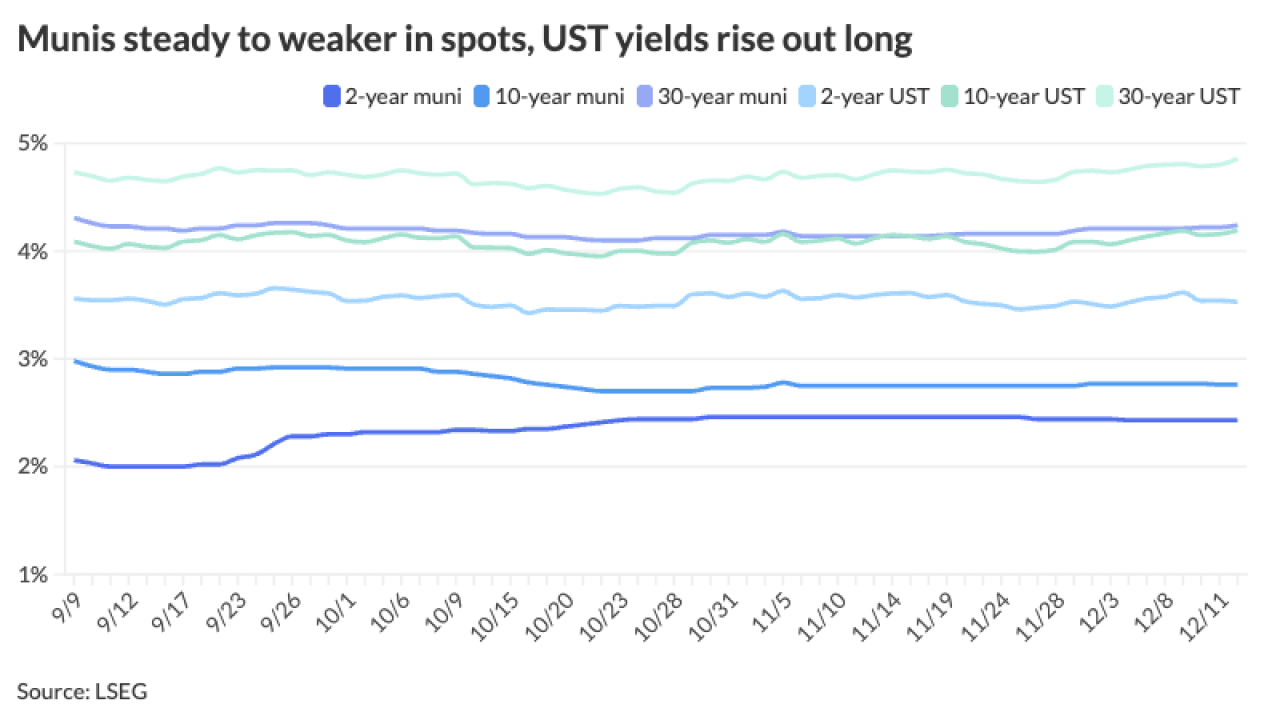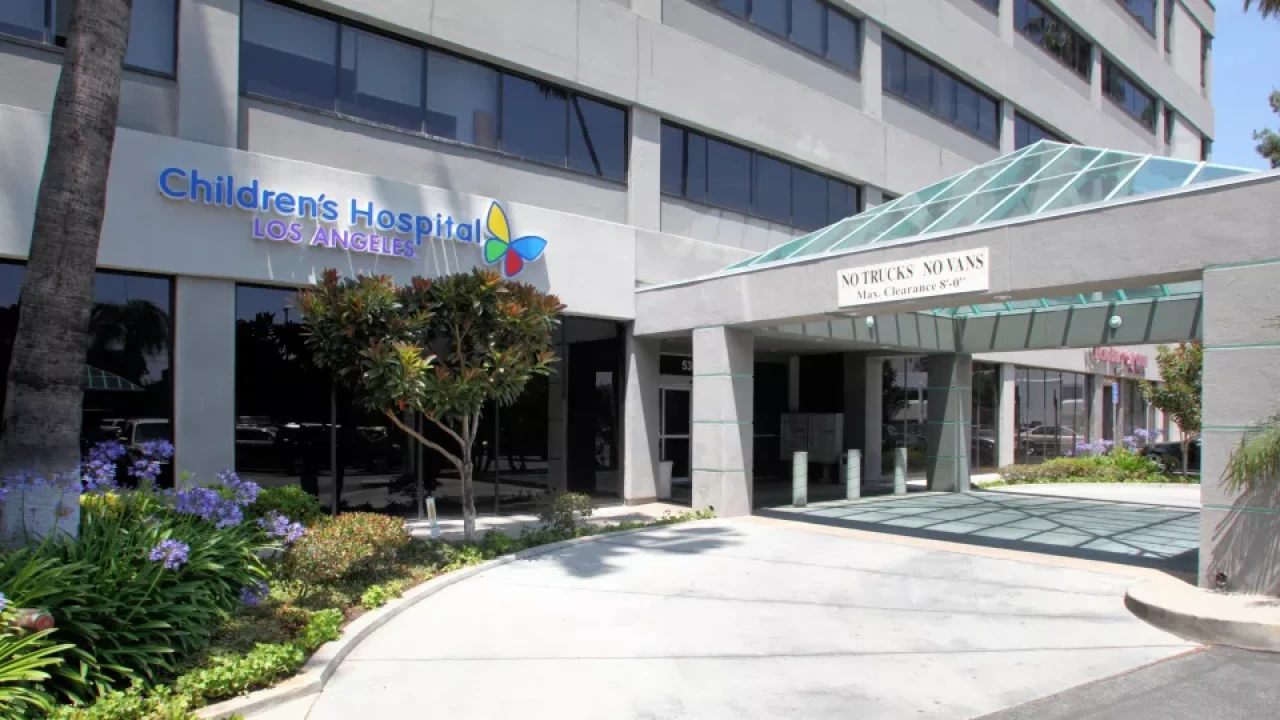A measure to authorize $5.5 billion of bonds to pay for stem cell research has qualified for California's Nov. 3 general election ballot.
The initiative would rescue from financial extinction the California Institute for Regenerative Medicine, a state agency created in 2004 with $3 billion in voter-approved state general obligation bonds.
“Our coalition of over 60 dedicated patient advocate organizations fought to ensure our stem cell research initiative qualified for the November ballot, and we’re eternally grateful for their commitment and vision,” Robert Klein, the Palo Alto real estate developer who chairs the initiative campaign, said

The agency, which has been on life support for years as its funding has been reduced to a trickle, is likely to
The CIRM board is set to
Secretary of State Alex Padilla announced Monday that proponents had gathered the 623,212 valid petition signatures need to qualify. In order to be eligible, proponents had to gather signatures equivalent to 5% of total votes cast for governor in the November 2018 general election, according to Padilla.
It also exceeded the threshold of 685,435 to qualify using a random sampling of petition signatures, he said.
The initiative will be certified for the Nov. 3 ballot on June 25.
The referendum would authorize $5.5 billion in state general obligation bonds to fund grants from the California Institute of Regenerative Medicine to educational, non-profit, and private entities for: stem cell and other medical research, therapy development, and therapy delivery; medical training; and construction of research facilities.
It dedicates $1.5 billion to fund research and therapy for Alzheimer’s, Parkinson’s, stroke, epilepsy, and other brain and central nervous system diseases and conditions. Limits bond issuance to $540 million annually.
Money from the state’s general fund would be appropriated to repay the debt, with no repayment scheduled for the first five years.
The Legislative Analyst’s Office
The estimated annual cost of debt payments would be $310 million for 25 years, according to the analysis. The cost could be higher or lower depending on what interest rates the bonds achieve, however.





